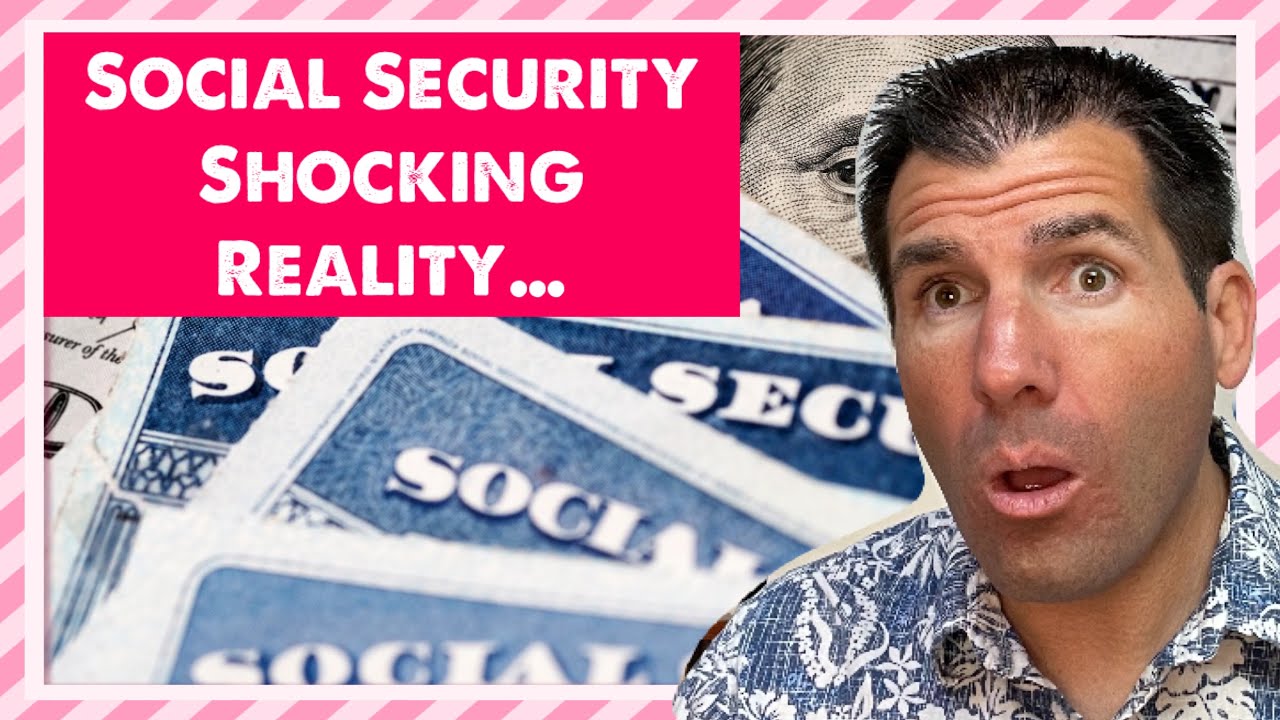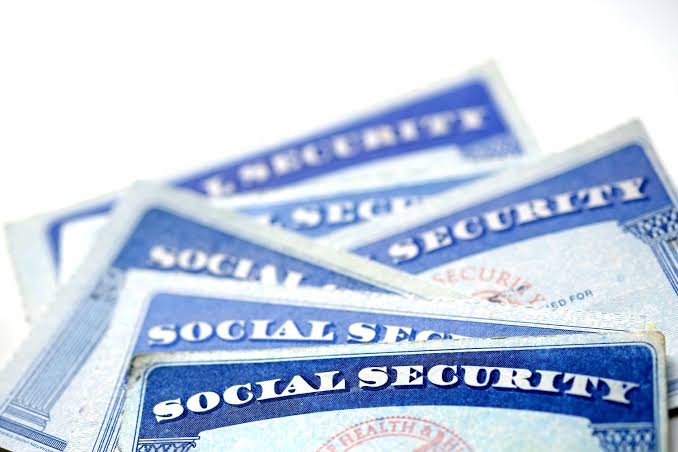In a surprise move that’s sending a wave of relief across the country, the Social Security Administration (SSA) has officially announced a major change in how it collects overpayments. If you’re one of the millions of Americans who depend on these monthly checks, this could be the best financial news you’ll hear this year.
For years, people who were accidentally overpaid by Social Security found themselves in a harsh situation — the SSA would claw back the entire benefit amount each month, leaving some folks with nothing at all to live on. That nightmare is about to change. Thanks to a newly updated rule, the SSA will now only deduct 10% of your monthly benefits instead of taking the full amount back all at once.
This decision comes after growing pressure from everyday Americans, legal advocates, and even members of Congress, who called the old policy unfair and punishing, especially for low-income seniors and disabled citizens.
What Are Social Security Overpayments and Why Do They Happen?
Let’s break this down.
Sometimes, the Social Security Administration sends out more money than a person was actually supposed to get. These overpayments aren’t always the fault of the recipient — they can happen due to delayed reporting of income, system errors, or even miscommunication between government agencies.
Until now, the SSA would respond by demanding the full amount back — sometimes immediately and without warning. People were shocked to see their entire check withheld, making it impossible to pay rent, buy food, or cover medical expenses.
This caused outrage. After all, most people rely on those benefits just to get by.
The New Rule: What’s Changing and Why It Matters
Here’s the update everyone’s been waiting for:
Instead of taking back 100% of the benefit, the SSA will now deduct only 10% of each monthly check until the full overpaid amount is recovered.
Let’s say you’re receiving $1,200 every month. Under the old rule, you could have lost the whole amount if you had an overpayment. But now? You’ll only see a $120 reduction — and you’ll still get most of your check to live on.
That’s a game-changer.
This change doesn’t just reduce the financial burden — it gives people breathing room. It allows them to stay afloat while still paying back the money owed over time.

How Did This All Happen?
This change didn’t come out of nowhere.
For years, public pressure has been building. Newspapers covered heartbreaking stories of retirees and disabled people who suddenly had zero income due to aggressive clawbacks. Members of Congress called for a more compassionate system. Advocacy groups raised their voices.
Finally, the SSA responded — and the result is a policy that’s more humane, balanced, and realistic.
What If You Still Can’t Afford the 10%?
The SSA understands that even a 10% cut can be difficult. That’s why they offer several options:
-
Appeal the overpayment if you believe it’s not your fault.
-
Request a waiver to avoid paying it back if you truly can’t afford to.
-
Set up a payment plan based on what you can reasonably pay each month.
So don’t ignore the notice. Contact SSA, explain your situation, and ask for help. In many cases, they’ll work with you.
Why This News Is a Big Deal
This change may sound simple, but it has a huge impact.
Millions of Americans depend on Social Security. For many, it’s the only source of income. The old rule pushed people to the edge — even causing homelessness and hunger in some heartbreaking cases. By limiting clawbacks to 10%, the SSA is giving people dignity, stability, and hope.
This isn’t just a policy change — it’s a lifeline for those living paycheck to paycheck on government benefits.



